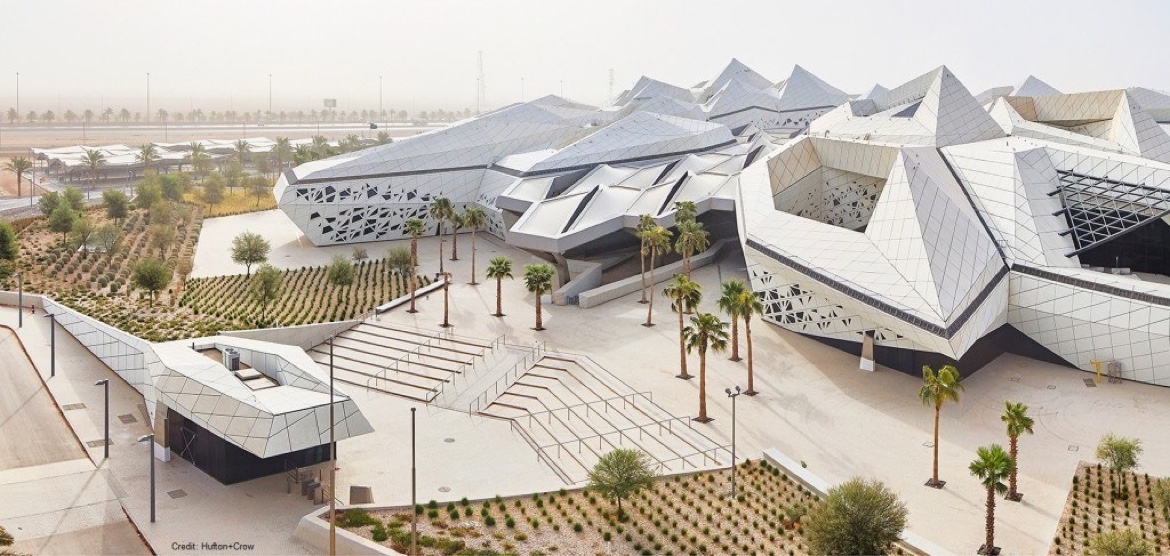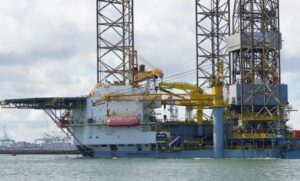
(KAPSARC, 4.Apr.2022) — According to a new study on “The Economics and Resource Potential of Hydrogen Production in Saudi Arabia” by the King Abdullah Petroleum Studies and Research Center (KAPSARC), Saudi Arabia’s vast renewable energy potential and natural gas reserves will support it in producing some of the cheapest green and blue hydrogen globally.
At current domestic gas prices and considering the average auction price of the renewable energy projects awarded in 2020, the cost of producing blue and green hydrogen is estimated to be at $1.34/kg and $2.16/kg, respectively. Additionally, the delivered cost of hydrogen by 2030 from Saudi Arabia’s western region to the Port of Rotterdam, via the Suez Canal, will average between about $3.50/kg and $4.50/kg depending on the hydrogen carrier used. For context, the expected cost of green hydrogen production in Europe in 2030 is estimated to average between $3/kg and $5/kg.
The study also highlights that the Kingdom’s geographical resource distribution means the eastern region is more likely to produce and export blue hydrogen, whereas green hydrogen production is ideally suited in the western region – far from the local oil and gas clusters.
‘’As countries commit to a low-carbon future, Saudi Arabia’s hydrogen production outlook presents tremendous opportunities for the Kingdom and other countries in their energy transition,’’ said Fahad Al-Ajlan, President of KAPSARC.

KAPSARC’s study follows the Kingdom’s announcement this March to have officially begun the construction of Helios, a $5bn green hydrogen plant in NEOM, as the country pushes ahead with plans to export the carbon-free fuel in about four years with most of the expected demand to come from Europe and Asia.
The Kingdom’s hydrogen aspiration is in line with the launch of the Saudi Green Initiative in October 2021, in which the country pledged over $186bn (SAR 700bn) in investment to contribute to the growth of a green economy. The initiative is also part of the Kingdom’s endeavors to face and overcome environmental challenges, protect the planet and combat climate change. Leading up to the initiative’s launch, the Kingdom endorsed the circular carbon economy (CCE) framework, during its presidency of the G20 in 2020, that called for a technology-agnostic approach for mitigating carbon emissions, lending more support to blue and green hydrogen development in Saudi Arabia.
The drive for renewables and green programs in the Kingdom is deeply enshrined in Saudi Vision 2030’s sustainability targets. One such objective is the diversification of energy resources through the increased deployment of renewables and additional natural gas sources in the country’s energy mix. Saudi Arabia’s adoption of the CCE to reduce carbon emissions and its support for clean hydrogen are positive developments. The Kingdom has taken significant steps to scale up its climate action and environmental protection.
____________________
By King Abdullah Petroleum Studies and Research Center (KAPSARC)

